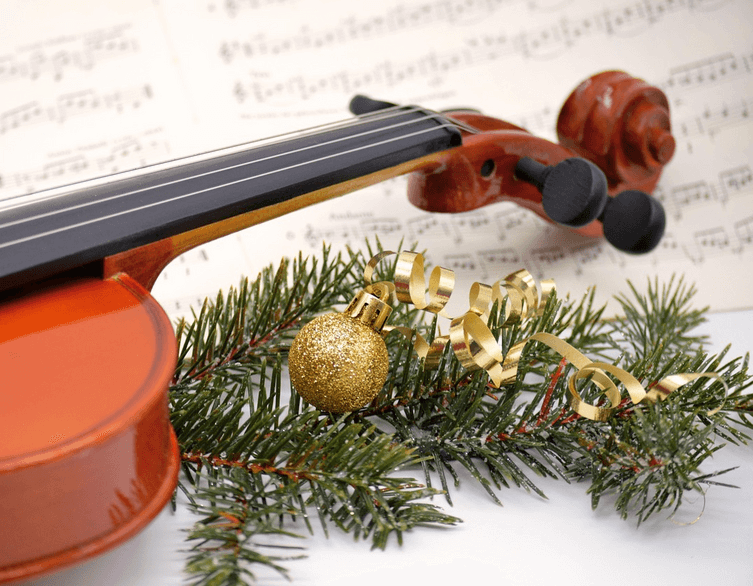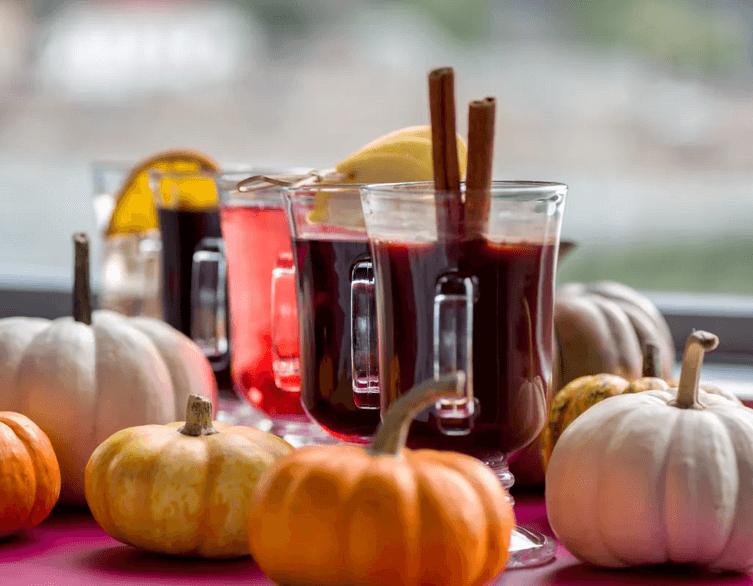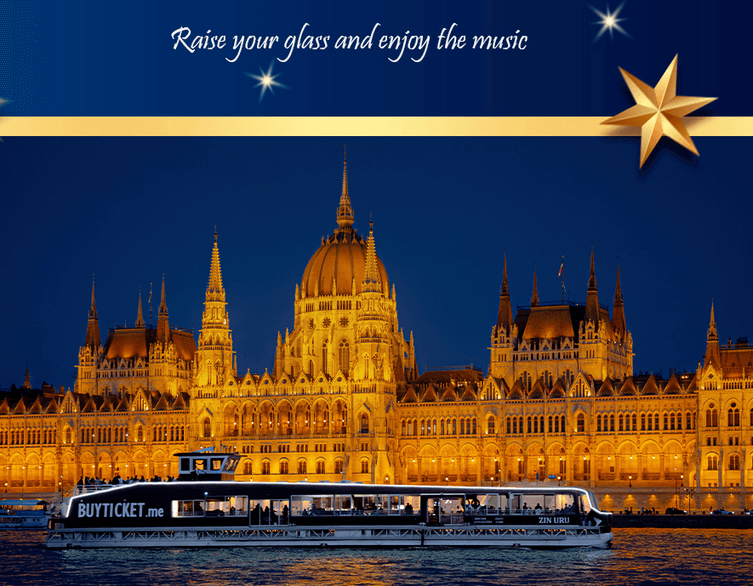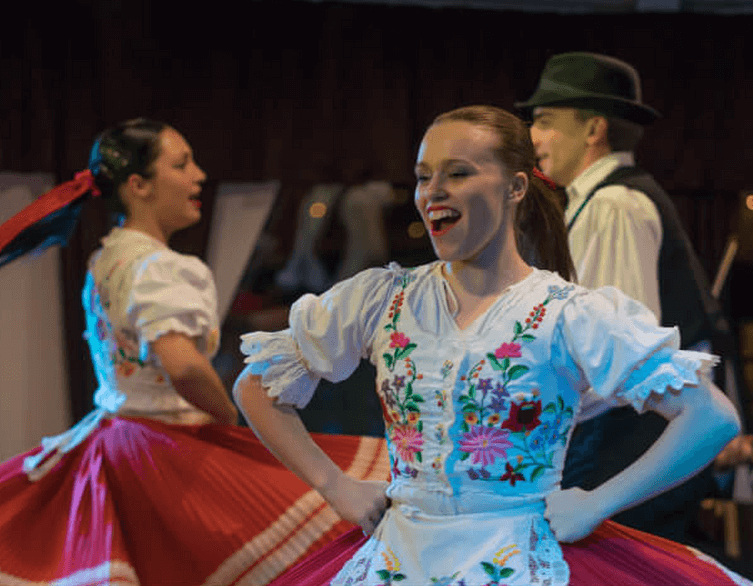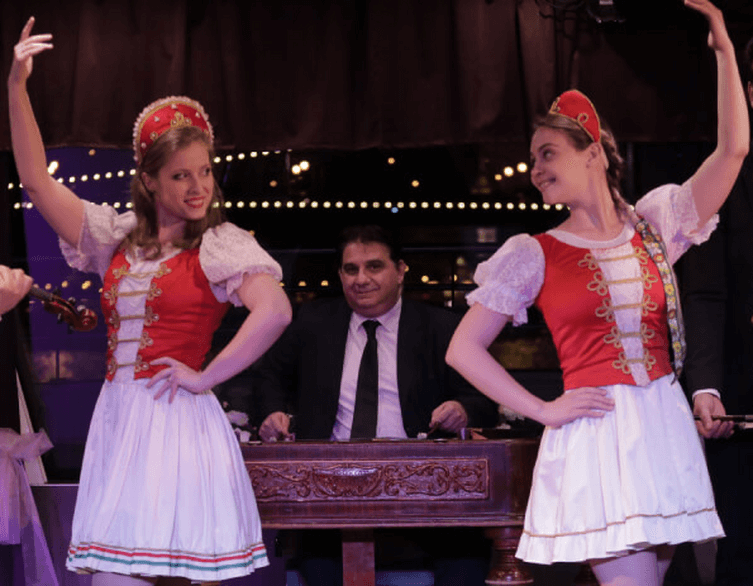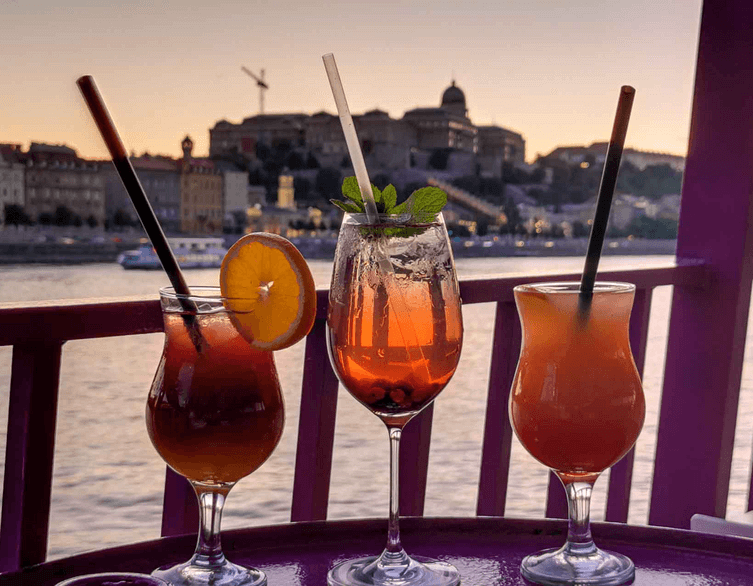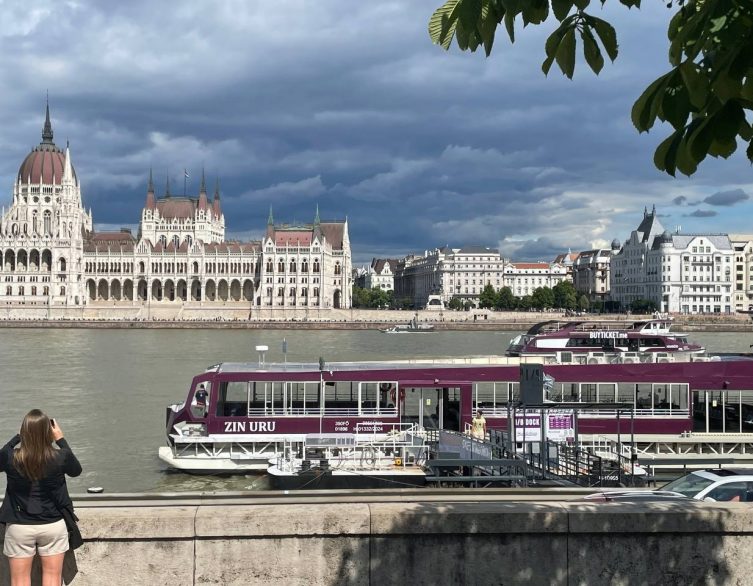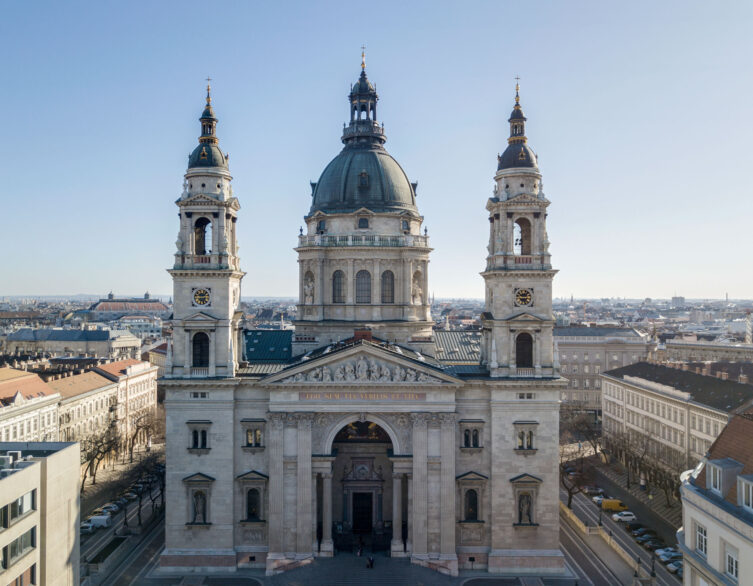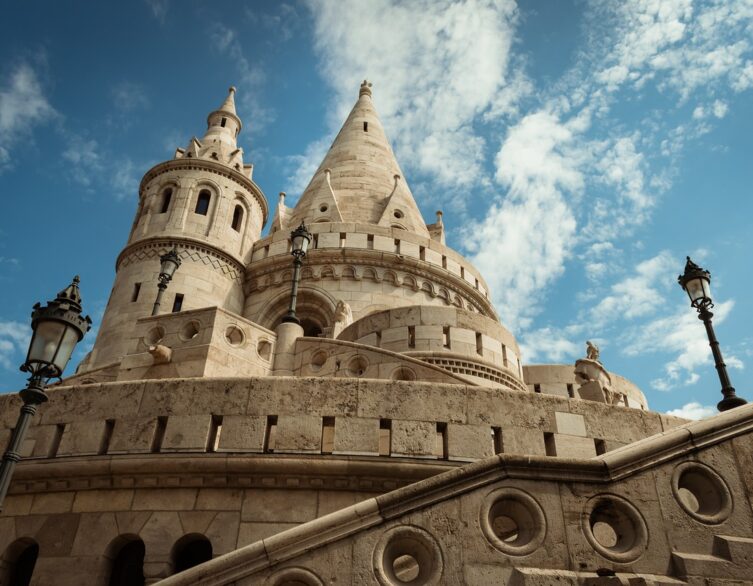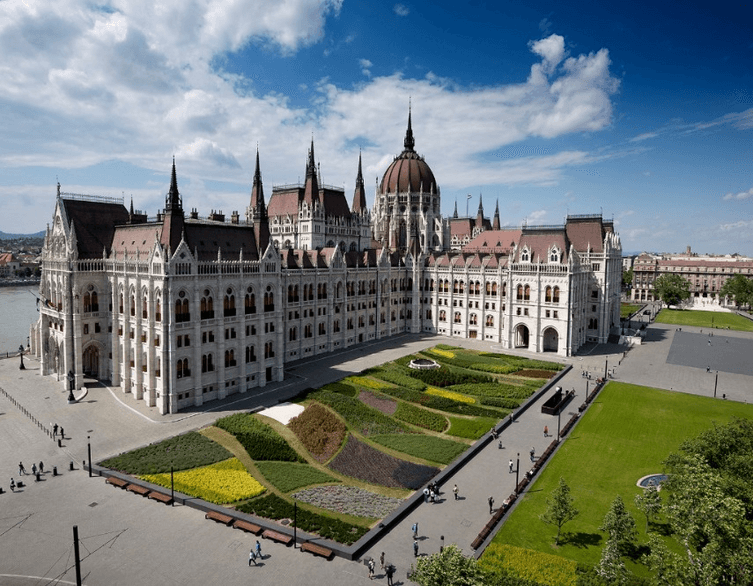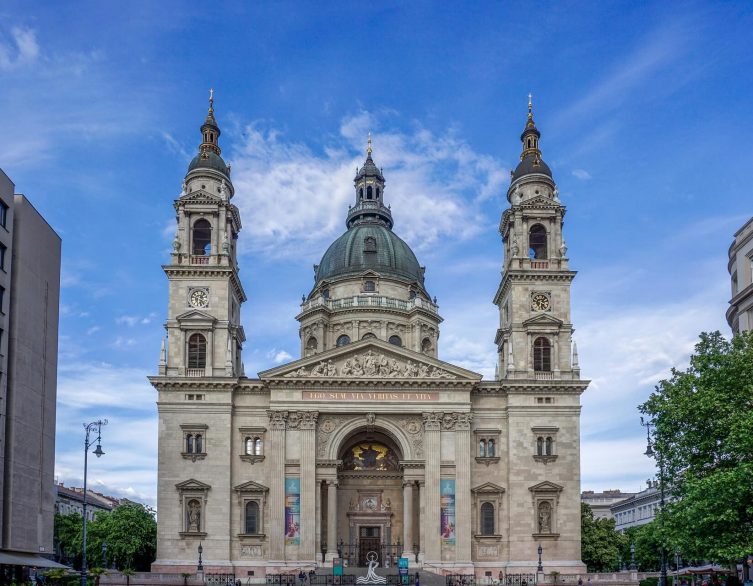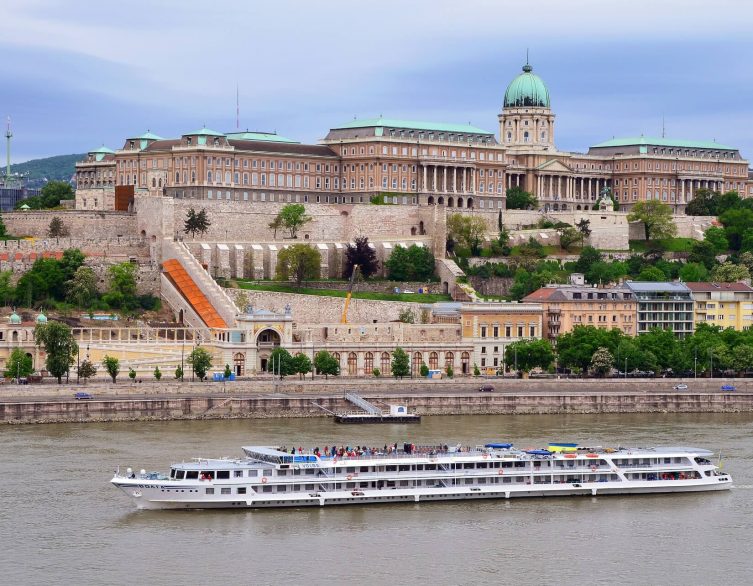Discovering Budapest’s Soul: Where Legends, History, and Experience Meet
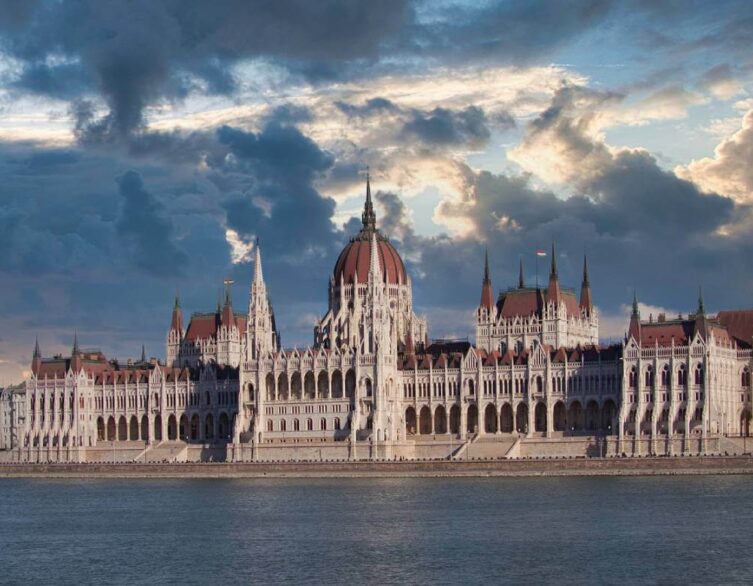
Budapest isn’t just one of Europe’s most beautiful cities – it’s a living, breathing time machine where every cobblestone tells a story. When you wander through its streets, you’re not just sightseeing; you’re traveling through layers of time, from ancient Roman ruins to medieval castle walls, from grand 19th-century coffee houses to modern-day cultural hubs.
This magnificent city reveals itself slowly, like peeling back the pages of a history book. At first glance, visitors fall in love with the glittering lights of Pest, the rolling hills of Buda, the majestic curve of the Danube, or the evening illumination of the Chain Bridge. But the city’s true depths emerge when you discover those iconic places where centuries of history – sometimes turbulent, sometimes uplifting – have left their mark.
St. Stephen’s Basilica: Where Faith Meets Monumentality
Standing proudly in the heart of Budapest, St. Stephen’s Basilica serves as both the city’s most recognizable religious landmark and a spiritual center of Hungarian national identity. The story of its construction is as dramatic as the building itself – work began in 1851 but wasn’t completed until 1905, more than fifty years later.
The lengthy construction wasn’t just due to financial difficulties. In 1868, disaster struck when the dome collapsed, forcing architects to completely redesign the structure. This setback, however, led to the magnificent neoclassical and neo-Renaissance masterpiece we see today.
Inside, the basilica dazzles visitors with its golden mosaics, marble pillars, and painted glass windows. The crown jewel of the interior is the Szent Jobb – the Holy Right Hand of St. Stephen, Hungary’s first king. The dome rises exactly 96 meters high, matching the height of the Parliament building across the city, symbolically representing the balance between secular and ecclesiastical power.
Today, the basilica pulses with life beyond its religious services. Concert halls echo with organ music, couples exchange vows in its sacred spaces, and guided tours reveal architectural secrets. For those brave enough to ascend, an elevator journey to the dome rewards visitors with breathtaking panoramic views of the entire city spread below.
Best deals of Budapest
The Parliament: A Nation’s Soul Carved in Stone
Rising majestically along the Danube’s banks, the Hungarian Parliament building stands as one of the country’s most iconic structures. Designed by Imre Steindl in neo-Gothic style, this architectural marvel took nearly twenty years to complete, from 1885 to 1904, and has since evolved from a political symbol into a tourist magnet.
The sheer scale of the building impresses even the most seasoned travelers. Stretching 268 meters long and 123 meters wide, the Parliament houses 691 ornately decorated rooms. Beneath its central dome lies the Holy Crown of Hungary, displayed for public viewing since 2000, drawing visitors from around the world.
The building’s facade tells stories through stone, decorated with sculptures depicting historical Hungarian rulers, princes, and military leaders. What makes this structure truly special is its commitment to Hungarian materials and craftsmanship. The limestone came from Süttő, the red marble from Tardos, and the interior gilding required 40 kilograms of genuine gold.
Walking through the Parliament isn’t just architectural appreciation – it’s experiencing a living document of Hungarian history, where past and present converge in spectacular fashion.
Central Market Hall: A Marketplace Where History’s Flavors Still Live
When the Central Market Hall opened its doors in 1897, architect Samu Pecz created more than just a marketplace – he designed a gastronomic cathedral. This neo-Gothic structure, with its wrought iron roof framework, became the beating heart of Budapest’s culinary scene.
The building showcased cutting-edge technology for its time, using an iron frame structure that allowed for the creation of vast, airy interior spaces. The original goal was ambitious: to end the chaos of Pest’s unregulated markets by providing organized, clean conditions for vendors to sell their produce, meats, vegetables, and handcrafted goods.
The market hall successfully achieved this vision and evolved beyond it. The upper level now houses a food court targeting tourists, where you can sample authentic Hungarian specialties – lángos (fried flatbread), traditional sausages, and stuffed cabbage – in an atmosphere that bridges past and present.
Through multiple renovations over the decades, the Central Market Hall has transformed into one of Budapest’s most vibrant living museums, where history, gastronomy, and daily life create an unforgettable sensory experience.
Danube Promenade: The City’s Heart Along the River
The Danube Promenade, affectionately known as the Duna-korzó, embodies Budapest’s romantic spirit. This walkway, stretching from the city center to Elisabeth Bridge, began development in the late 19th century and has since become the city’s emotional center.
Here you’ll find legendary hotels like the Gresham Palace, the InterContinental, and the Danube-side Marriott, but the real star is the panoramic view. Across the water, the Buda Castle, Fisherman’s Bastion, and Gellért Hill create a breathtaking backdrop that changes character throughout the day.
In centuries past, well-dressed citizens, newspaper-reading gentlemen, and ladies with parasols spent their afternoons strolling this promenade. Today, cafes, galleries, and musical events welcome modern visitors. Sculptures along the way – including the Little Princess and the József Attila statue – add character to every walk.
When evening falls, the illuminated bridges and castle lights create a magical atmosphere perfect for romantic evening strolls, making the promenade a place where Budapest’s past elegance meets contemporary charm.
Hungarian National Museum: In the Grand Hall of Our History
The neoclassical palace designed by Mihály Pollack has safeguarded Hungary’s most important historical artifacts since 1847. But the Hungarian National Museum represents more than just a repository of objects – it’s a site where history was made. On March 15, 1848, Sándor Petőfi recited the National Song here, marking one of the most iconic moments of the Hungarian Revolution.
The museum’s collection tells the comprehensive story of Hungarian civilization through prehistoric artifacts, conquest-era jewelry, medieval weapons, and modern documents. Special sections explore the freedom struggles, both World Wars, and memories from the communist era, helping visitors understand how the Hungarian nation formed and evolved.
The building’s surrounding park remains an oasis of tranquility, especially during summer months. Museum Garden attracts not only students but families and tourists seeking respite from the city’s energy. Recent interior renovations have modernized the exhibitions with interactive displays that bring history to life, creating spaces where past and present work hand in hand.
Where Every Corner Whispers Stories
These Budapest landmarks represent far more than photogenic tourist stops – they’re living imprints of Hungarian history, culture, and identity. Walking among them isn’t just sightseeing; it’s time travel that helps you understand what makes this city so extraordinary.
Each location reveals layers of meaning that reward closer inspection. In the intricate details of St. Stephen’s Basilica’s mosaics, in the symbolic height of the Parliament’s dome, in the iron framework of the Market Hall, in the romantic atmosphere of the Danube Promenade, and in the revolutionary echoes of the National Museum, Budapest’s true magic emerges.
The city invites you to look beyond the obvious, to notice the details where stories hide. In these details lies Budapest’s enchantment – where history whispers, stones speak, and the past reaches directly into the present’s heart. Every visit reveals new secrets, ensuring that Budapest remains a city that continues to surprise and captivate, no matter how many times you return.
Related events
Related attractions


